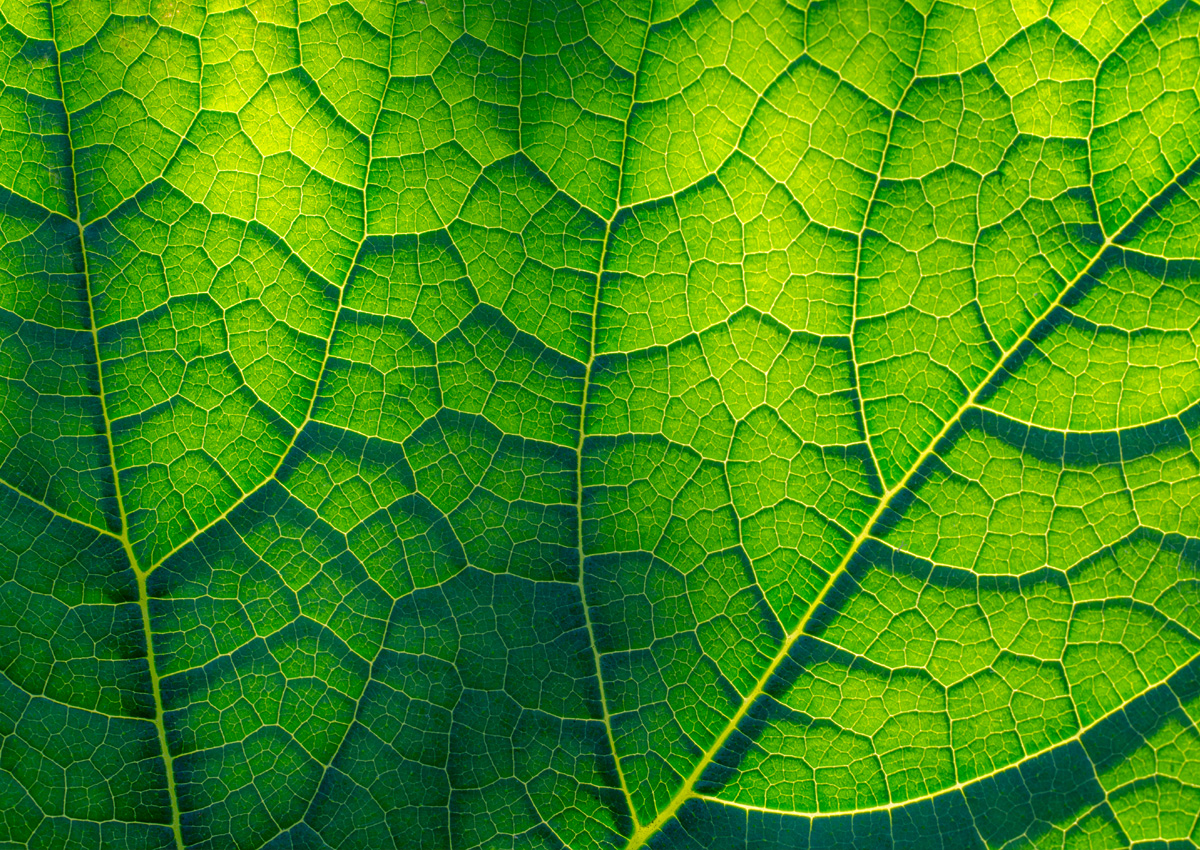
Researchers Map Key to Energy-Making Process in Plants; Help Engineer High-Yielding, Stress Resistant Crops
September 30, 2021| |
A team of researchers led by the Imperial College London and the Queen Mary University of London have mapped a key process in energy conversion in plants. This study could help scientists improve the resilience of important crops and engineer bacteria that can produce useful compounds such as pharmaceuticals more sustainably.
All cells, including plants and animals, use adenosine triphosphate (ATP) as their energy currency. Animals and humans make ATP through respiration, whereas plants use photosynthesis to convert sunlight into ATP. In plant cells, an intermediate step involves light energy being used to create a ‘proton gradient', which then helps create ATP. However, how the proton gradient is created is poorly understood. This is particularly true for one part of the molecular machinery plants use in this process, called photosynthetic complex 1 (PS-C1).
The team behind the new study has mapped how an electron transfer process required for setting up a proton gradient in PS-C1 works, providing key information about how plants and photosynthetic bacteria can gain extra energy. Lead researcher Dr. Maxie Roessler from the Department of Chemistry at Imperial, said, "With this study, we contribute to understanding how cells convert the potential energy in proton gradients into chemical energy – a process which underpins nearly all life on earth."
For more details, read the news article on the Imperial College of London website.
| |
You might also like:
- Discovery Ends Long-Standing Photosynthesis Controversy
- Scientists Unravel Mystery of Photosynthesis
- Experts Unlock Key to Photosynthesis
Biotech Updates is a weekly newsletter of ISAAA, a not-for-profit organization. It is distributed for free to over 22,000 subscribers worldwide to inform them about the key developments in biosciences, especially in biotechnology. Your support will help us in our mission to feed the world with knowledge. You can help by donating as little as $10.
-
See more articles:
-
News from Around the World
- FAO Urges Agri-food Stakeholders to Upscale Science and Innovation to Preserve Biodiversity
- African Coalition for Communicating Genome Editing Launched as Bioscience Symposium Concludes
- Researchers Find Genetic Tools to Develop Potatoes with Improved Resistance to the Colorado Potato Beetle
- Machine Learning Reveals Important Genes to Help Corn Grow with Less Fertilizer
- Queensland Researchers Discover Genes for Sorghum Grain Size
- Capacity Building for COPMOPs Continues for Asian Countries
- Researchers Map Key to Energy-Making Process in Plants; Help Engineer High-Yielding, Stress Resistant Crops
- Scientists Debut Coffee Developed Through Cellular Agriculture
- Students Develop "Lock" To Prevent GMs Turning Into Invasive Species
-
Research Highlights
- Study Shows Usefulness of Sugarcane Mosaic Virus Vector for Rapid Screening of Maize Genes
-
Plant
- New Book on Genome Editing Tools and Gene Drives
- UK Poised to Unlock Power of Gene Editing
-
Read the latest: - Biotech Updates (December 17, 2025)
- Gene Editing Supplement (December 17, 2025)
- Gene Drive Supplement (February 22, 2023)
-
Subscribe to BU: - Share
- Tweet

